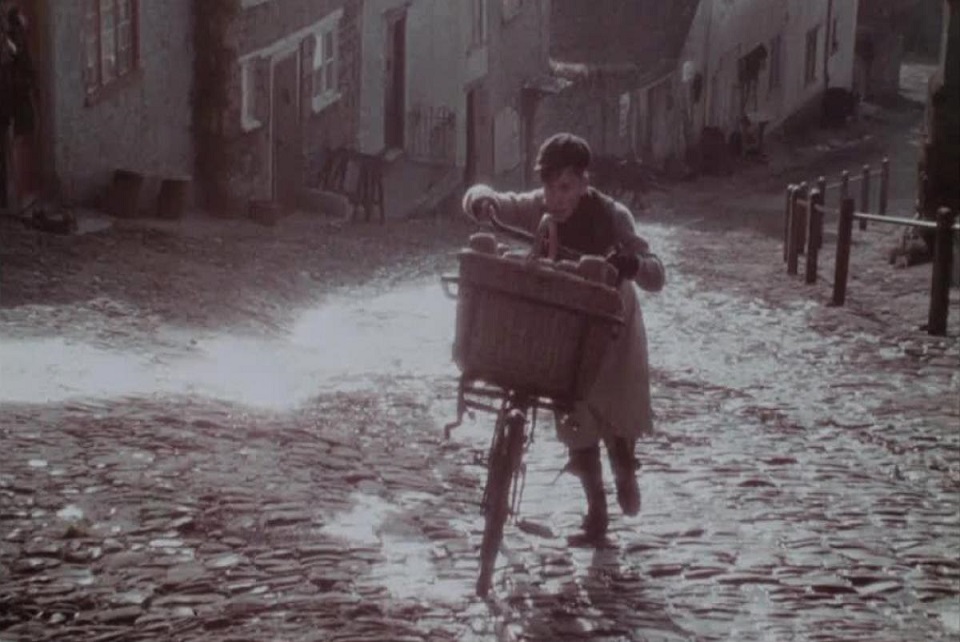In an age where technology allows marketing to push the envelope in terms of creativity and targeting, there appears to be a quiet revival of brands returning to their roots and reusing advertising from years gone by.
Recently named the most iconic ad of the last 60 years*, the original Hovis ‘Bike Ride’ ad, following the baker’s boy pushing his bicycle laden with loaves up Gold Hill in Dorset, was brought back to our screens in an effort to build brand love amongst a new generation of consumers. With remastered footage and the comforting, familiar tune re-recorded by descendants of the original 1973 Ashington Colliery brass band (a very nice touch), this sympathetic revival ticks all the right nostalgic boxes. Underpinned by the new strapline, ‘Hovis – as good for you today as it has always been’, it pulls on the heartstrings while also reminding consumers of the brand’s heritage and gravitas.
So why do we love retro ads so much? Nostalgia is a powerful emotion. Reviving old ads plays on our natural wistfulness and desire to romanticise the past. By returning to their iconic ad, Hovis are doing more than reminding us of their history and stature – they are playing on a yearning for a simpler, more analogue time when our attention was less splintered, before the pressures of modern life and being always on, always connected, always plugged in.
Retro advertising also provides us with a social connection, delivering shared childhood memories and experiences that bond us together as adults. As a child of the 80s and 90s, I can find common ground with anyone who can sing the theme tune to the Milky Way red car/blue car ad, who reminisces about how the Crunchie advert used to give you that Friday Feeling, and who is unable to sing “I will survive” without changing the lyrics to “as long as I’ve had Weetabix”. Those were the ads of my generation, burned into our memories as beacons of a more fun and playful time, back when only 4 terrestrial TV channels were enough to hold our attention.
And it works. A scientific study** in France found that the nostalgic feelings increased people’s willingness to pay for desired objects. Nostalgia is a proven advertising tool, but can it work for any brand? To varying degrees, I would say it can.
At the more obvious end of the scale, a long-standing brand with an interesting history (and in an ideal world a strong advertising back catalogue) like Hovis can use nostalgia to remind people of their story and retell it to a new generation. Kellogg’s bringing back their iconic Christmas ad last year where the little girl shares a bowl of Cornflakes with Father Christmas did just that – transporting us back to the magic of Christmas as children for a double whammy of nostalgia.
However, there is no reason why nostalgia can’t also work for younger brands. Evoking fond memories of a past time, whether through childhood or other key life events, can help anchor a brand to the feeling which that event represents, creating depth and telling a story.
For more information on how advertising can help your business grow, feel free to get in touch.
